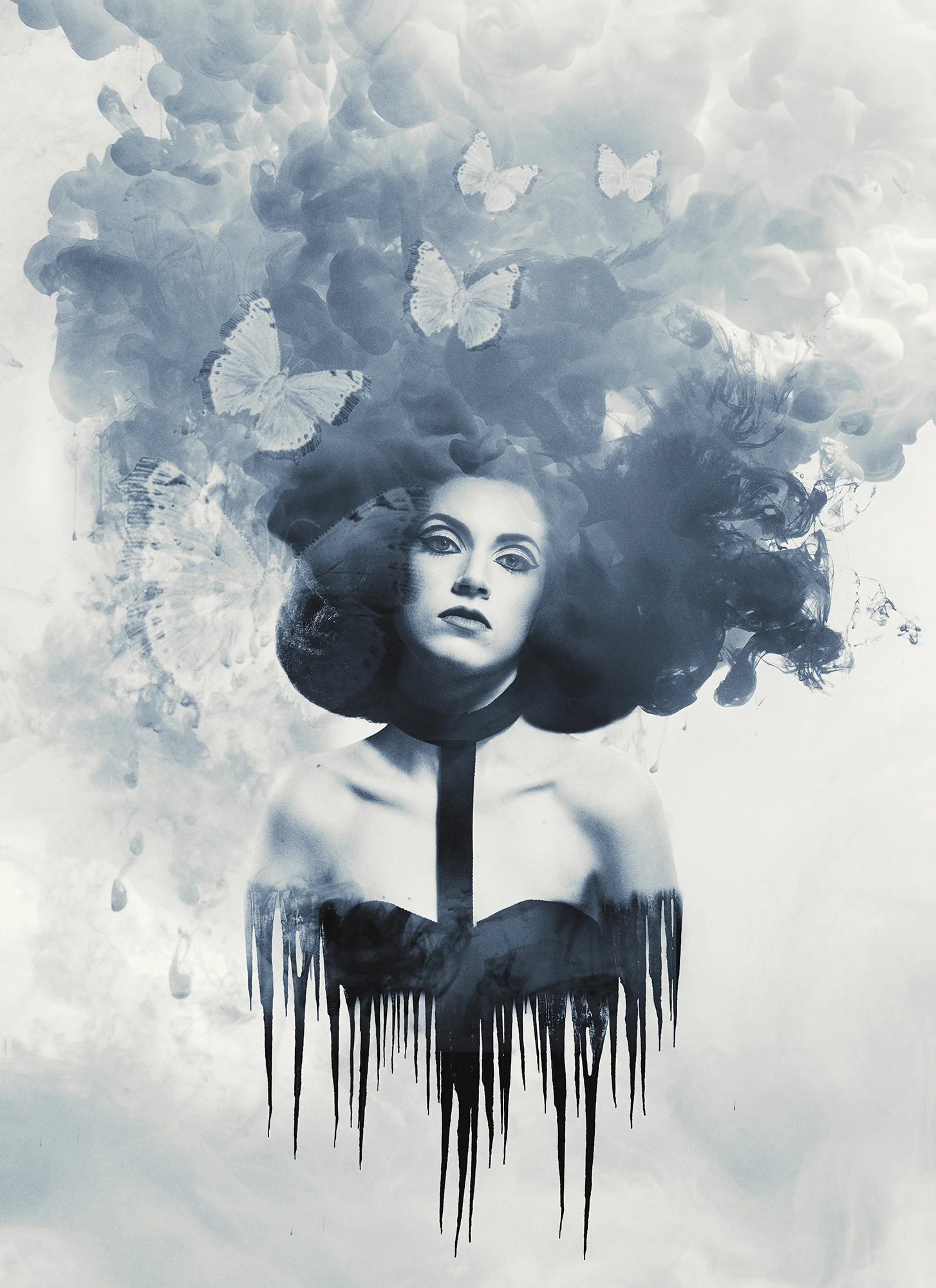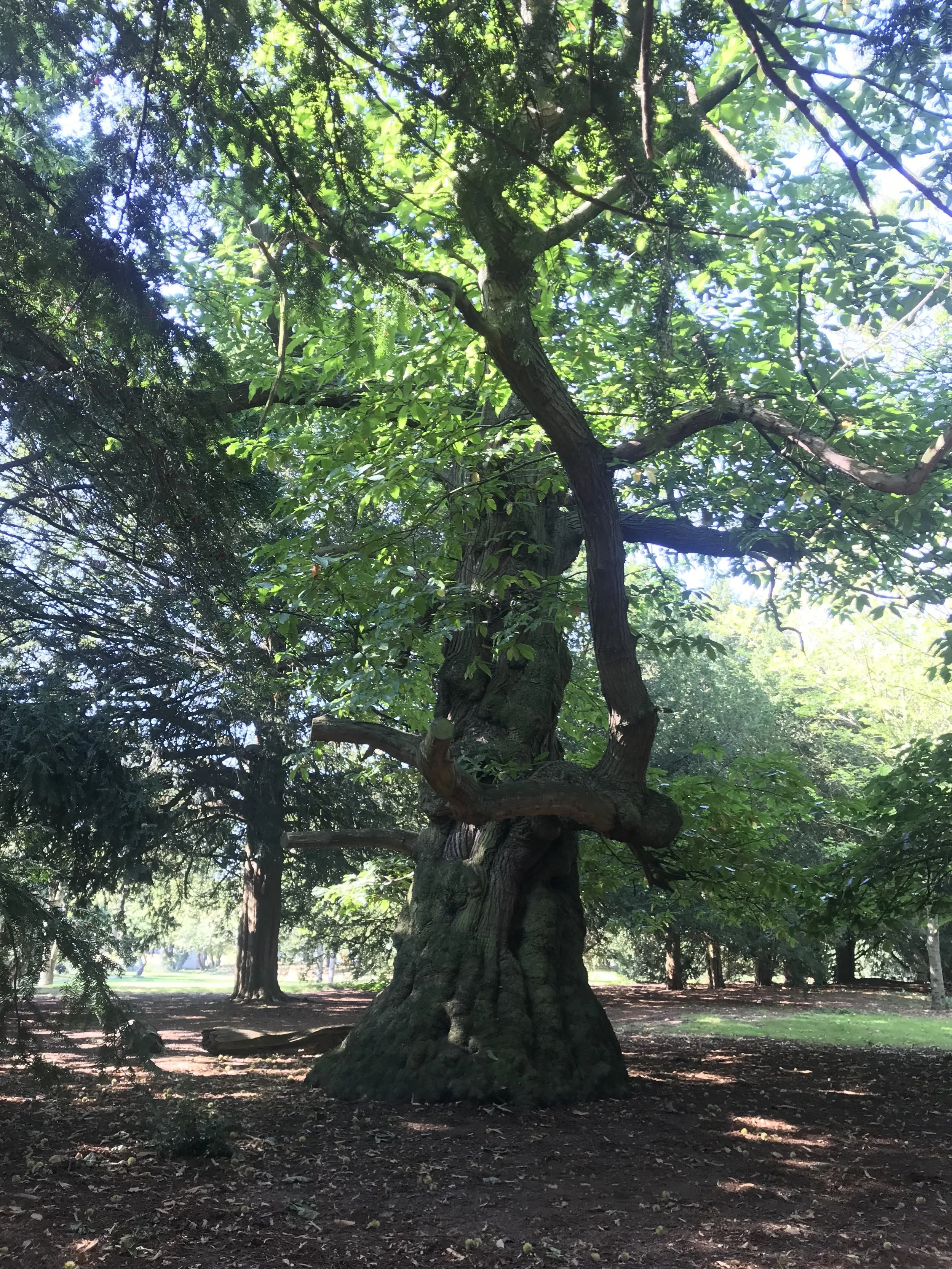I recently came back from Oslo, I had the honor to be one the judges for their national competition Landskonkurransen 2020. It was an amazing experience and I saw some jaw dropping beautiful images, I feel really inspired now and its been a long time since I felt that so thank you!
I compete in professional photography contests each year, not because I feel I need to but because I want to. I think it is the best indicator on where you stand as a photographer, it also makes you develop your skills more than client work does. I have also had the honor to judge various competitions so I know how it feels to be on both sides. To be a judge is not easy, you have only a few seconds or minutes to score the image in front of you, in many cases you also need to be able to communicate what could make the image better. You need to be clear, fair, constructive, consistent and supportive. You don’t make many friends as a judge that is for sure.
Competing can also be really stressful, I used to feel really sick in the stomach in the early days and hated the whole idea of competing. I took it way too serious. I had a hard time separating myself as a person from the image that was being criticized. That is a mistake number one. Remember, no matter how dear the image is to you and how much effort and time you have given it with the skills you currently have, it is still not YOU and the judges are not criticizing you as a person, only the image. Fact is that any image can be better if you fixate on details.
I want to share with you some points and tips what to think about when choosing your images for competition, other judges might have other opinions, but this is my blog and my opinions that are based on my experience as a judge.
Client work or not?
I never send in client work to competitions because I know that the level of what is good enough for a client, is not the same for competition (there might be exceptions such as commercial or fashion work that hits that level). In competition, the judges focuses on details and techniques as well as impact and story. When the judges scroll and look at a 1000 or more images, the image that has the most impact will be looked at longer and if the technique fails at that point the image will not get high points. So keep that in mind. A cute family picture without impact is just nice, not fantastic, still it might be a sellable perfect image for a client. If you still decide to send in client work, make sure you take time to fix the small details. Besides when you create for competition, only the sky is the limit not the clients opinion or size of wallet. You have a whole different creative freedom when creating for yourself.
2. Zoom in
When you choose and edit your images, zoom in, check the focus. Is the focus in the right place? I see so many cases where the image would be worth high scores but when you zoom in, the eyes are out of focus. That is not ok or that professional, if the image is a portrait for example. Double check if the original file is worth the edit. The judges will see the mistakes. In some rare cases the emotion and mood in the image is so strong that the judges gives it high points anyway, but that is not a risk I would take if I had a choice.
3. Make a choice and stick with it
One of the difficulties of competing is making the right choice what images to send in. A big part of it all is also proving that you as a professional know how to curate your own work, if you don’t know, ask someone else to do it for you, don’t be afraid to ask for help. It can be hard to kill your darlings. When you send in various images of the same shoot and place them in the same or different categories you kill the images for the judges at the same time. The judges will recognize the images and that gives the impression that the photographer don’t know what he/she is doing. It is a totally different story if you compete with panels, even though you should choose the best ones in that case too. You also save money when you choose wisely.
4. Edit the image with the mindset as if it will be printed large scale
I always edit my competition images with the thought that they could be printed out in large scale and no mistakes could be seen (I don’t always succeed). Take your time with editing. Before you declare the image to be ready, let it rest for a day or two, and then go back to it. You might notice something you like to change after you have rested your eyes and mind. After you add something to the image, ask your self “is it too much?” if you get a slightest feeling of “yes” tone it down. Be careful when editing skin, adding textures and color grading.
5. Prints (Unless it is online competition only)
Make sure your prints are of high quality, let a professional lab make them for you and be critical. The image will not score high if the printing is bad. One could imagine that professionals only deliver quality prints but I’ve seen many fails in this department. It is always sad when you are not able to give high scores to an amazing image due to bad printing quality.
6. Category matters
if choosing the right images can be difficult so can the choosing of category also be. It is important to read the explanation of a category and make sure your image fits that requirement. If the image is in the wrong category or could fit better in another one that takes scores off. Sad but true.
7. Are you willing to take the risk?
When you choose to do a certain type of alternative technique such as light painting, analog, wet plate etc for competition and there is no category for images like that, don’t expect the judges to know the technique or how the image is done. It is always a risk when sending in images made with an alternative technique because they are being compared with images that are not. It would be a whole different case if the category was all analog and not digital as well. In that case the judges would have a whole different aspect to judge the image and the technique would not be unclear, remember that you can make wet plate looking images in photoshop as well and they usually don’t turn out that great. If you send in images with an alternative technique to a category with digitals too, it needs to have a strong impact, it won’t get high scores just because it takes more time and effort to make the image. Keep that in mind.
8. It is not the end of the world
If you don’t score the way you were hoping for, don’t worry too much about it. It doesn’t mean you are not a good photographer it just means you can grow more and do better next time. Don’t give up. Take the advice the judges give and have them in mind when you create or choose for competition the next time. Be proud of yourself for even submitting your images, many never send in any images because of fear of rejection. I think the best thing in photography is that you can always learn more and become better. How boring would it be if you could say that you know everything and don’t need to learn new things? You might aswell just quit photography at that point and start something new.
Judging done, happy but oh so tired! Pic by Jos Verhoogen


















